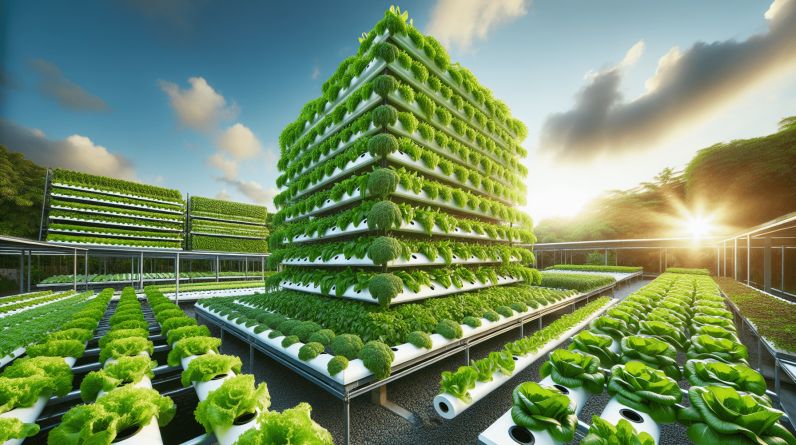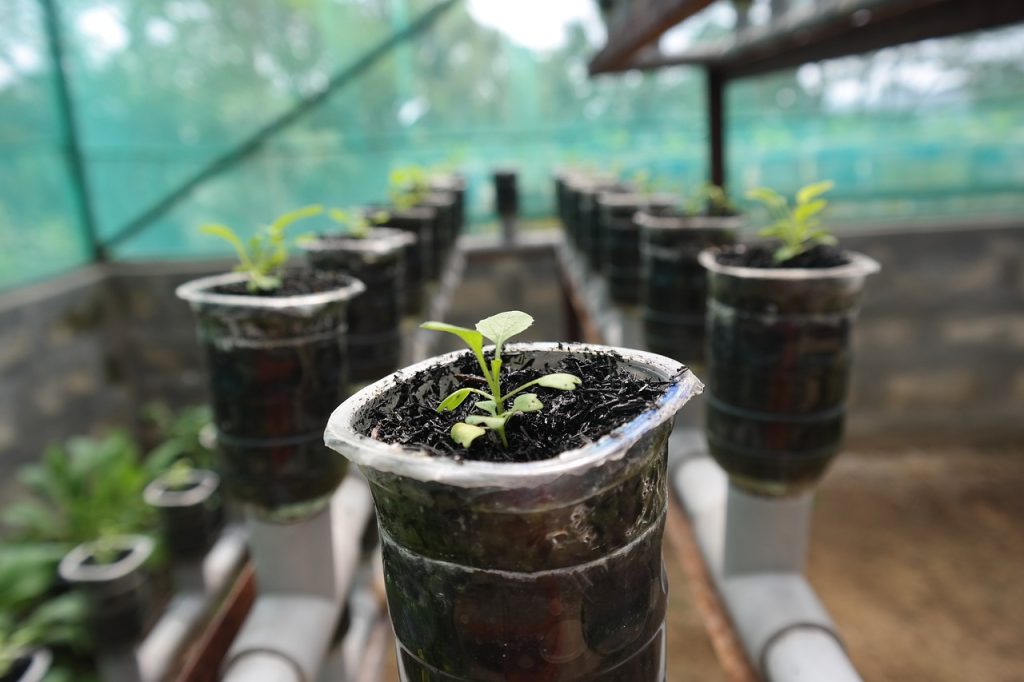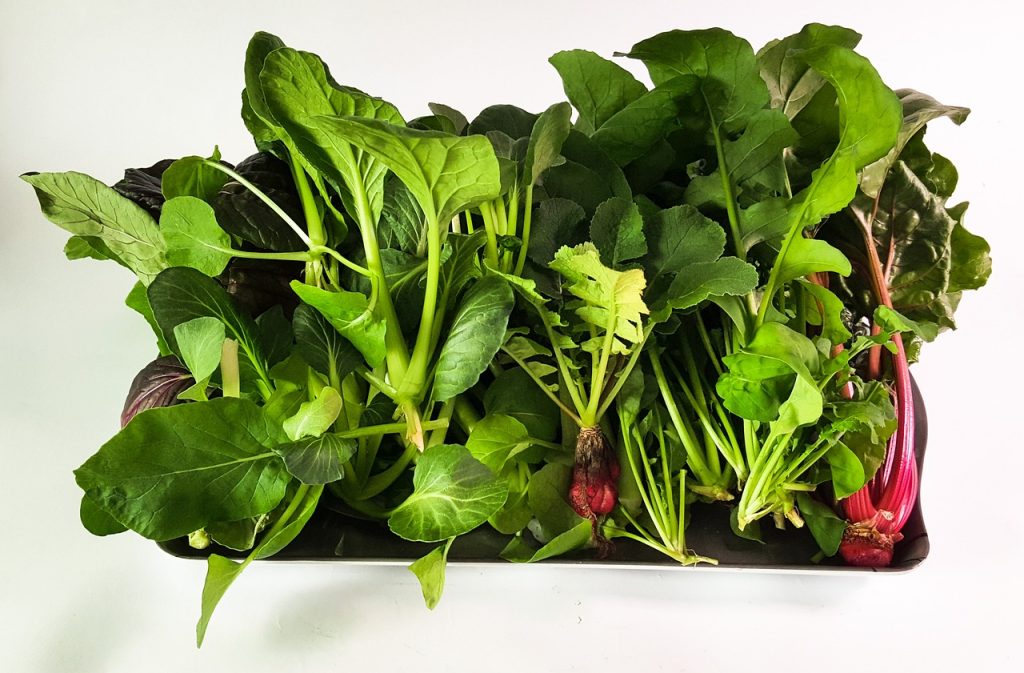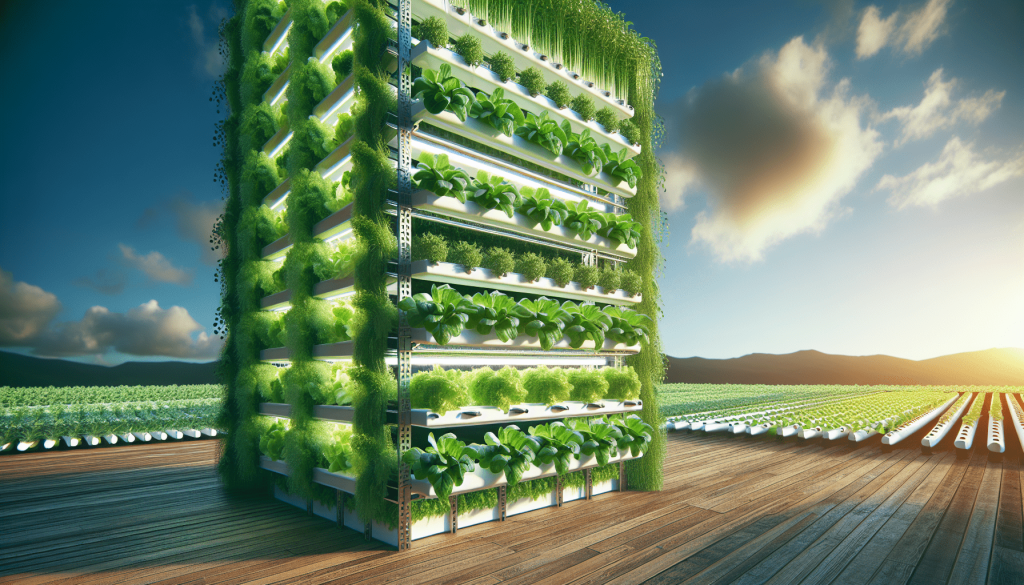
How to Set Up a Vertical Hydroponic Garden
Are you interested in creating a sustainable and space-saving garden in your home? Setting up a vertical hydroponic garden might be the perfect solution for you. In this article, we will guide you through the process of establishing a vertical hydroponic system, from choosing the right location to maintaining your garden for optimal growth.
Why Choose a Vertical Hydroponic Garden?
Vertical hydroponic gardens are increasingly popular due to their efficient use of space and outstanding productivity. By growing plants vertically, you can maximize your garden’s capacity, making it ideal for urban environments or small living spaces. Additionally, vertical gardens allow for better air circulation and light exposure, promoting healthier plant growth.
Make the Most of Limited Space
Vertical hydroponic systems are a great way to grow a variety of crops even if you have limited space available. Instead of spreading out horizontally, plants are stacked vertically, optimizing the use of space. This makes it perfect for apartments, balconies, or small yards, where traditional gardening may not be feasible.
Enhance Aesthetics
Apart from practical benefits, vertical hydroponic gardens also enhance the aesthetic appeal of your living space. The lush greenery growing vertically against a wall or trellis can add a touch of nature to any room, creating a calming and visually pleasing atmosphere.

Setting Up Your Vertical Hydroponic Garden
Now that you understand the advantages of a vertical hydroponic garden, let’s delve into the step-by-step process of setting one up in your home. From choosing the right system to selecting suitable plants, we will cover everything you need to know to get started.
Choose the Right Location
Before you begin setting up your vertical hydroponic garden, it’s essential to select the right location. Look for a spot that receives an adequate amount of sunlight or is equipped with grow lights for optimal plant growth. Additionally, consider factors like proximity to a water source and ease of access for maintenance.
Select a Suitable Hydroponic System
When it comes to choosing a hydroponic system, there are various options available, such as the nutrient film technique (NFT), the deep-water culture (DWC), or the drip system. Select a system that suits your space constraints and desired level of automation. Vertical towers and wall-mounted systems are popular choices for vertical gardens.
Gather Your Materials
To set up a vertical hydroponic garden, you will need the following materials:
- Vertical growing structure or tower
- Water reservoir with a pump
- Growing medium (such as rockwool or perlite)
- Nutrient solution
- pH testing kit
- Water-soluble fertilizer
- Seeds or seedlings of your chosen plants
Assemble the System
Once you have gathered all the necessary materials, it’s time to assemble your vertical hydroponic system. Follow the manufacturer’s instructions carefully to set up the growing structure, connect the water reservoir and pump, and insert the growing medium. Ensure that the system is stable and secure before planting your crops.

Planting and Maintaining Your Vertical Hydroponic Garden
With your vertical hydroponic system in place, it’s time to start planting and maintaining your crops for optimal growth. Whether you’re growing herbs, leafy greens, or flowering plants, the following steps will help you nurture a thriving garden.
Plant Selection
Choose plants that are well-suited to vertical growing conditions and thrive in a hydroponic environment. Herbs like basil, mint, and cilantro, leafy greens such as lettuce and spinach, and compact vegetables like cherry tomatoes and peppers are excellent choices for vertical hydroponic gardens. Ensure that the plants you select have similar light and nutrient requirements for successful growth.
Planting Process
When planting your crops in a vertical hydroponic system, ensure that the roots are securely nestled in the growing medium and receive a constant supply of nutrient solution. Adjust the pH levels of the water to maintain optimal conditions for plant growth and monitor the moisture levels regularly. Consider using a planting schedule to stagger the growth of different crops for a continuous harvest.
Watering and Feeding
Maintain a consistent watering schedule to ensure that your plants receive an adequate supply of water and nutrients. Monitor the water levels in the reservoir and top up as needed, being careful not to overwater the plants. Regularly check the pH levels of the nutrient solution and adjust as necessary to prevent nutrient deficiencies or excesses.
Pruning and Harvesting
As your plants grow in the vertical hydroponic garden, periodically prune them to encourage healthy growth and prevent overcrowding. Harvest your crops when they reach maturity, taking care not to damage the roots or surrounding plants. Regular pruning and harvesting will stimulate new growth and ensure a bountiful harvest throughout the growing season.

Troubleshooting Common Issues
While vertical hydroponic gardening is a rewarding experience, you may encounter some common issues along the way. From nutrient imbalances to pest infestations, it’s essential to address these problems promptly to maintain the health and vitality of your plants. Here are some common issues and how to troubleshoot them:
Nutrient Deficiencies
If you notice signs of nutrient deficiencies in your plants, such as yellowing leaves or stunted growth, check the pH levels of the nutrient solution and adjust as necessary. Consider supplementing with a balanced water-soluble fertilizer to provide missing nutrients to your plants. Regularly monitoring the nutrient levels and pH balance will help prevent deficiencies from occurring.
Pest Infestations
Keep a close eye on your vertical hydroponic garden for signs of pest infestations, such as discolored leaves, holes, or webs. Introduce beneficial insects like ladybugs or lacewings to control common pests like aphids or spider mites. Alternatively, use organic pest control methods like neem oil or insecticidal soap to deter pests without harming your plants. Regularly inspect your plants for pests and take preventive measures to protect them from infestations.
Algae Growth
Algae growth in the nutrient solution can block the flow of water and nutrients to your plants, leading to poor growth and nutrient deficiencies. To prevent algae growth, ensure that your reservoir is opaque or covered to block out light. Regularly clean and sanitize the system components to remove algae buildup and maintain a healthy growing environment for your plants.

Conclusion
Setting up a vertical hydroponic garden at home can be a rewarding and enjoyable experience, allowing you to grow a wide variety of crops in a space-efficient manner. By following the steps outlined in this guide, you can create a thriving garden that provides fresh, nutritious produce year-round. Whether you’re a seasoned gardener or new to hydroponics, a vertical garden offers a sustainable and efficient way to enjoy the benefits of homegrown crops. Start your vertical hydroponic garden today and reap the rewards of fresh, healthy harvests right in your own home.










